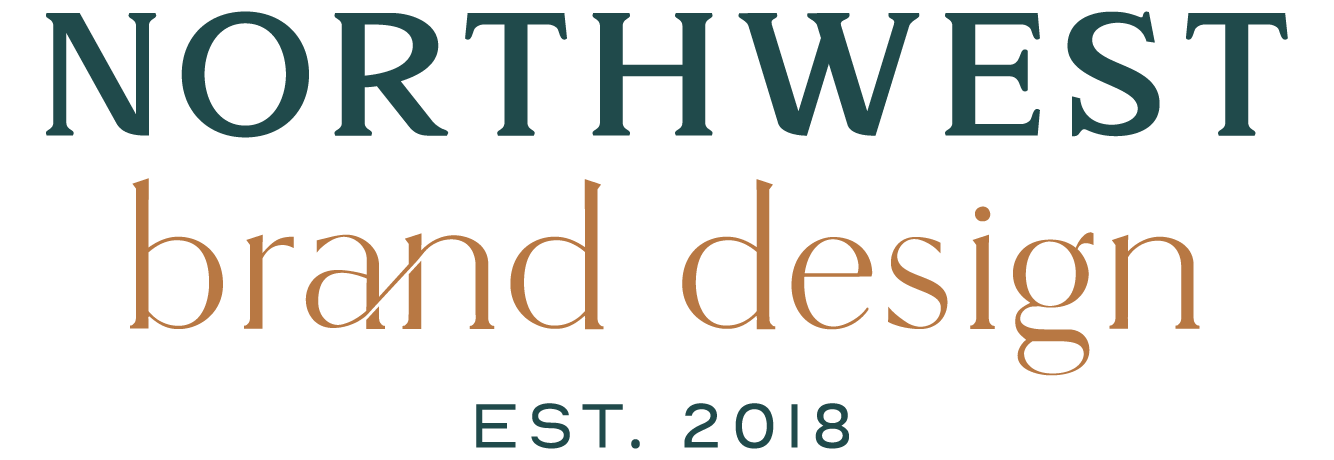Mind Matters: The Intersection of Psychology and Design
Creating an impactful design is about much more than just making something pretty. It is about understanding how people perceive visuals, and using that knowledge to create work that is going to influence their behaviors and emotions. By incorporating principles of psychology into their strategic planning, graphic designers can curate work that is effective towards business goals, engaging, and unique. Design is like a puzzle in that way—fitting stunning visuals and science into one project.
Color Psychology
Color Psychology is the study on how colors impact human emotion and behavior. Different colors can have different meanings. Colors are often divided into two categories—warm or cool. Warm colors, often tones of red, yellow, and orange, while cool colors are often tones of blue, green, and purple. For example, red can be used to evoke passion, urgency, or danger. On the opposite end, blue can convey feelings of trust, calm, or even professionalism. Brand palettes should be carefully chosen to correlate with a company’s personality and mission. The right color scheme is essential for expressing the perspective of a brand. It is important to note that color associations can vary based on cultural norms and personal preferences.
Typography Choices
The fonts chosen for a brand or design asset can have a psychological impact on the viewer. Different fonts have different personalities, and it is important to pick the right one to correspond with a brand’s tone. Serif fonts are usually associated with tradition, sophistication, and seriousness while sans serif fonts are associated with modernity, simplicity, and informality.
Visual Hierarchy
Visual hierarchy is the arrangement of elements in a design to guide the viewer’s eye through the content. By using this principle, designers control which aspect of the design people see first, how they navigate the content, and what they interact with. This can be achieved using size, color contrast, and design elements, like icons, to call attention to where the viewer should be focusing on.
User Experience
User experience (UX) design uses principles of psychology by focusing on designing interfaces that are intuitive, user-friendly, and ultimately enjoyable to interact with. Elements of cognitive psychology are used in this kind of design to understand how users process information and interact with the messages being presented. While used regularly in digital design, it is important to note that UX design can also be used when designing interactive printed materials such as brochures, signs/wayfinding, or packaging. Learn more about UX design here, and how using these principles can elevate your next project!
How We Can Help
Understanding how your target audience is going to interact with your brand is a large part of what we do. We use elements of psychology to make informed design decisions, and create work that will make you stand out from your competition. Set up a call with us today, and learn how we can take your brand to the next level!




